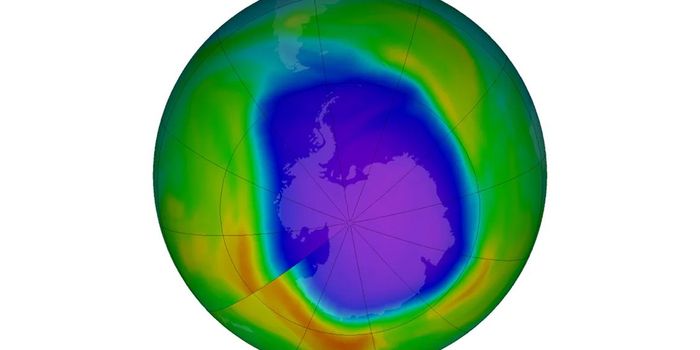What is Happening in Antarctica? 85,000 Earthquakes Near Previously Inactive Volcano
Antarctica has always been a wonderous place with its scenic views and extremophile inhabitants. It has become a scientific haven for astronomers, oceanographers, and biologists alike. Its perfect dark sky viewing conditions and open landscapes are perfect for studying life’s unknown mysteries in one of the most desolate and humanly uninhabited parts of the planet - if you can brave the cold that is.
Off the northern coast of Antarctica, near the neighboring King George Island and South Shetland Island, lies the Orca seamount. A deep-sea volcano originally thought to be inactive, it has recently played host to a series of earthquakes which are proportionally more than the region has been known to see.
To understand the gravity of such a scale of environmental change, scientists and researchers from Germany, Poland, Italy, and the United States have formed an international team to study and address the concerns. Methodologies used range from seismological and geodetic data collection to remote sensing techniques to determine the transfer of magma from the mantle to the crust.
It is the geographic remoteness of this area that makes instrumentation and study of the region difficult.
The recent measuring of 85,000 quakes marks the largest recorded event within the region. Not only were the quakes recorded, but a slight uplift was recorded on King George Island as well as a lateral ground displacement of approximately a centimeter. Lateral ground displacement, or lateral movement, occurs when earthquake shaking causes a layer of soil to lose cohesion and move away from its surrounding layer. It can be completely horizontal and occur on level ground, but it is more common on or around the sloped ground, usually contiguous with hillsides and waterways.
Limitations on the available units of seismological instruments in such a remote area are mainly ground stations of the Global Navigation Satellite System which measure displacement. This led to the inclusion of units of varying distances and data collected from other satellite types.
It was determined the swarm started in August of 2021 and went from 128 to 85,000. Its main culprit? The migration of an immense amount of magma is otherwise known as a magma intrusion. The magnitude of earthquakes first migrated upward, and then the lateral movement was observed: shallower, crustal earthquakes expand NE-SW, and the deeper, clustered earthquakes were produced by vertical magma propulsion.
Near the South Shetland Islands lies a fragmented portion of what used to be one large subduction zone. A subduction zone is simply the meeting place of two lithospheric plates, resulting in one plate riding over the other. Volcanoes occur primarily parallel to and inland from the boundary between the two plates.
After a noticeable loss in pressure within the magma dike and a noteworthy slip of a large fault, a there was a significant seismicity decrease by November 2020, with eventual cessation by February 2021
What should be known is the Bransfield Basin lies in a geographically unique tectonic environment. This basin underwent several developmental phases from increased tensional stress to extreme explosive activity and finally, localized volcanic activity. It is only one basin of many along the seafloor comprising the Central Basin.
It is the combination of sciences, a practical application of seismology, geodesy, and remote sensing technology that allows us to get a better understanding of earthquakes and magma transport in hard-to-measure areas.
Sources: Science Daily, Nature, USGS, Seismic Resilience








